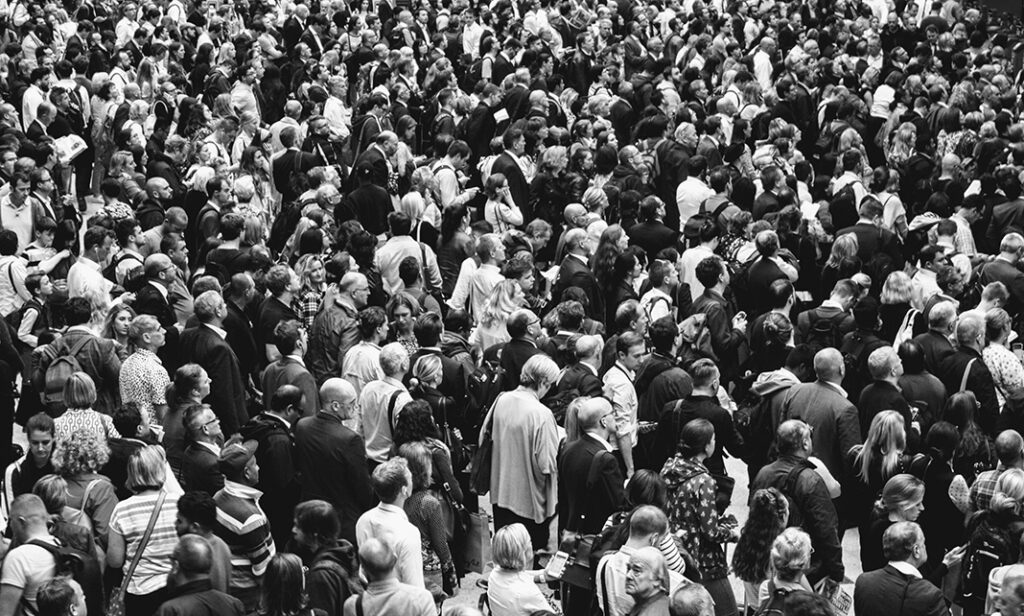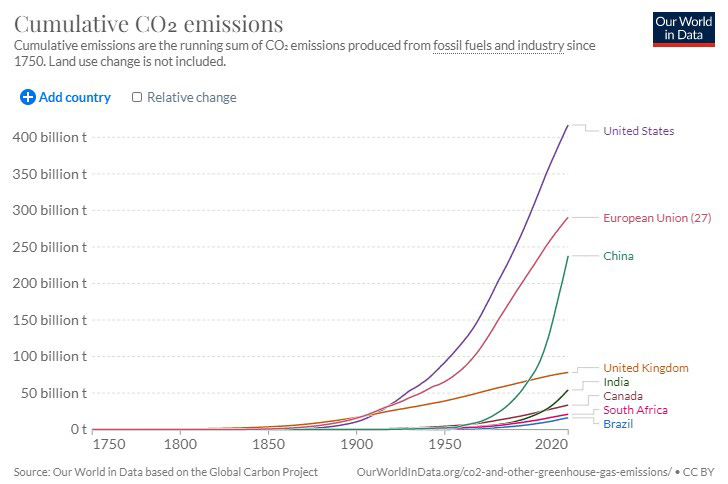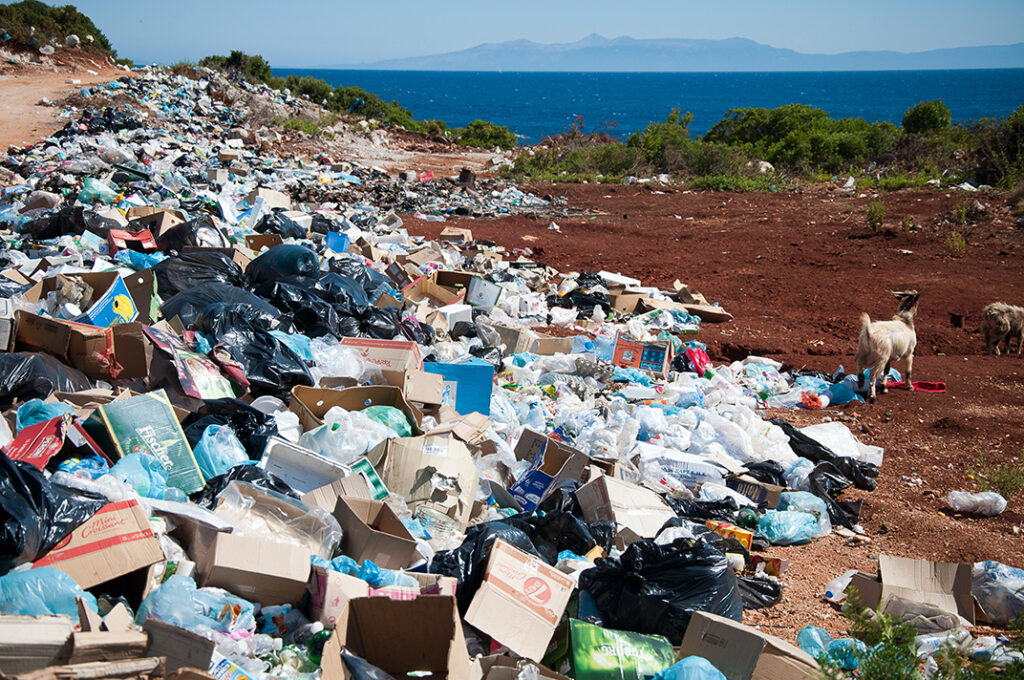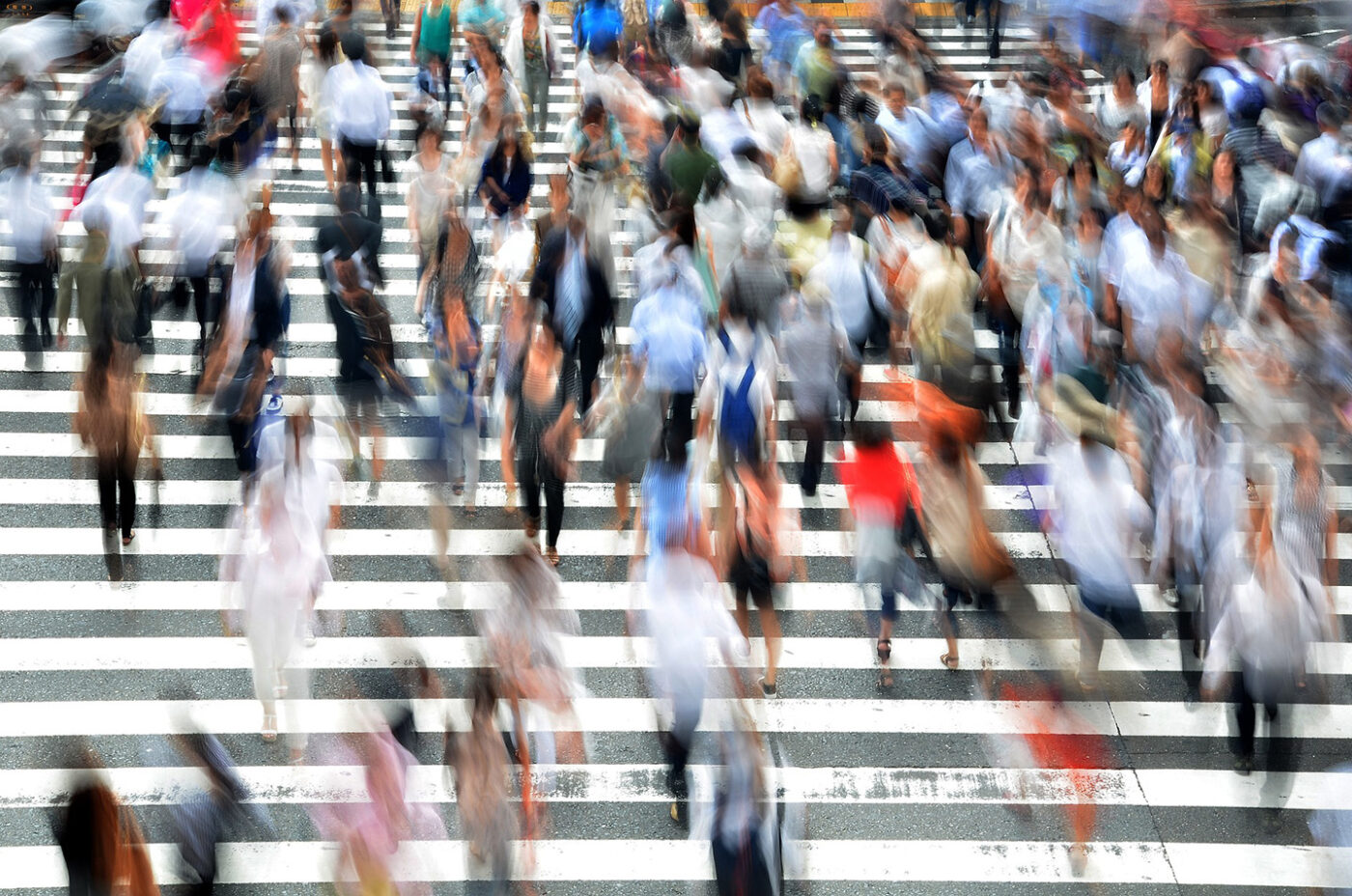On November 15, 2022, the world “officially” hit 8 billion people. It’s a milestone in human history, without question, but also merely a mile marker on our path to upwards of 11 billion total humans by the end of this century.
Considering the countless atrocities of the 20th century and the decades-long Cold War, that many people feared could end life on Earth, hitting 8 billion people was never a foregone conclusion. Some are calling this milestone a testament to human ingenuity: scientific and medical advancements have prolonged life and made childbirth much safer, something to celebrate.
Unfortunately, the 21st century presents us with an even more existential threat to human life: climate collapse. With rising temperatures and intensifying weather events, we face a new dimension of chaos, catastrophe, plague, mental destabilization, and political insurrection. We’re causing it.
The world governments can hold as many climate conferences as they want, but there’s one inescapable reality: there are too many of us.
Overpopulation scaremongering
You’ve heard this song before, haven’t you?

There have been warnings about the dangers of overpopulation for centuries. In 1948, the ecologist William Vogt brought these fears to the general public with his bestselling book, Road to Survival. Two decades later, Paul Ehrlich’s The Population Bomb became a bestseller with its warnings that overpopulation was leading to a global famine. He predicted there simply wouldn’t be enough food to feed all the people.
The decades since the publication of The Population Bomb have not been kind to its reputation. Many of Ehrlich’s predictions have fallen flat, and his alarmist tone has proven overly defeatist. While there are still food shortages around the world, and people starve even in wealthy countries like the U.S., famines have gotten less deadly, not more, as the population has exploded. Advances in food technology and nutritional health have made many of Ehrlich’s concerns moot.
So, when someone says overpopulation is a serious concern, it’s understandable if your first reaction is skepticism.
But here’s the reality: overpopulation is a serious concern.
The racist blame game
Much of the overpopulation hysteria of the 20th century was rooted in racism and xenophobia. Many Western academics and politicians were alarmed by the population booms in China and India, especially because they associated power with size (some pundits still do).
So, let me make an unequivocal point: Climate collapse isn’t worse because there are more brown and black people in the world. In fact, the non-white, non-industrial countries where the rate of population growth is greatest contribute the least to global emissions.
As we know, greenhouse gases, especially CO2, are the leading cause of human-caused planetary destruction. Despite modest efforts to reduce, the U.S. remains the global leader – both historically and currently – in CO2 emissions. We’re responsible for one-quarter of all emissions in history.
The European Union, with a population more than 100 million greater than the U.S., is the second-leading polluter, followed closely by China, whose emissions are only now starting to level off after decades of rapid growth. The two poorest continents, Africa and South America aren’t even in the top five. Yet, they will feel the repercussions of climate destruction the most.

Environmental collapse is exacerbated by the powerful. Some wealthy countries refuse to cut back, turning excess into a badge of honor. Then, there are greedy corporations whose profits are built on unsustainable growth. They pollute unrepentantly, relying on the carbon offset scam to whitewash their crimes against nature.
A poor family in Niger or Maldives (or Alabama, for that matter) isn’t to blame for environmental destruction just because they choose to have four or five or ten children.
Climate collapse is a disease of unsustainability. It is the result of a capitalist system that must constantly grow, constantly making more stuff in the pursuit of profit, to ensure the obscenely rich continue to luxuriate in their obscenities. It continues unabated because corporations have used “green” product branding to produce more instead of finding ways to reduce.
And it continues because we, the consumer, keep consuming. Partly because we like stuff, but also because consumption is how we survive.
Reduce
As long as there are people, there will be consumption. With 8 billion of us on this planet, we can’t “reduce, reuse, and recycle” to the levels necessary to counteract planetary collapse (especially because plastic recycling is as big a lie as carbon offsets).

We need better government policies. We must punish the corporations who have lied, obfuscated, and cheated us into climate disaster. And we need there to be less of us.
Come 2100, feeding, housing, clothing, and employing 11 billion people will be unrealistic, especially while facing deadly heat, rising sea levels, and fewer resources, including, yes, food. Agriculture is highly sensitive to climate. While your right-wing uncle might mock concerns over a two-degree rise in global temperatures, farmers aren’t laughing.
Our developing food technology will make up some of that shortfall, but we’re still a ways away from lab-grown meat and other food substitutes being cheap and readily available to the whole world. You might have ample meat substitutes at your local Safeway in a decade or so, but how long until they’re available for the global poor in nations like Somalia and Nicaragua?
Besides, as the pandemic revealed, the issue isn’t necessarily food shortages; it’s global supply chains. In 2020, disruptions to the supply chain meant empty grocery shelves from China to Spain to the United States. Now, imagine the issues the U.S. alone will have when once-unimaginable hurricanes ravage the Atlantic states at the same time, deadly forest fires rage along the Pacific Coast, and severe droughts hit the Southwest. While the country, from Seattle to Miami, experiences record-breaking heat waves.
On top of those disasters, we’ll see unprecedented waves of migration because the Global South will be even worse off than the U.S.
We won’t be able to produce enough resources to sustain us then. Your children will live to see it. When we hit 9 billion, then 10, then 11, crisis won’t even begin to describe it.
So, what can we do? We have to get serious about reducing our population.

